For home cooks seeking to elevate their fried buttermilk chicken beyond basic recipes, this guide delivers scientifically-informed spice pairing strategies that transform ordinary crusts into extraordinary culinary experiences. Whether you're hosting a dinner party or perfecting weeknight meals, these techniques bridge flavor chemistry with practical cooking wisdom.
Unlike generic spice recommendations, we analyze each combination through the lens of flavor compound interaction, thermal stability during frying, and texture enhancement. Discover how understanding molecular compatibility creates crusts with layered complexity rather than overwhelming heat.
Why Scientific Spice Pairing Outperforms Random Blending
Fried buttermilk chicken's success hinges on crust development where spices interact with buttermilk proteins and frying temperatures. Random spice mixing often creates flavor conflicts, while strategic pairing leverages:
- Thermal stability - How spices withstand 350°F oil without burning
- Hydrophobicity - Oil-soluble vs water-soluble compounds' behavior
- Flavor binding - How compounds attach to chicken proteins
Mastering these elements creates crusts where spices enhance rather than mask the chicken's natural sweetness.
| Flavor Component | Chemical Properties | Optimal Frying Application |
|---|---|---|
| Salt | Ionizes to enhance flavor receptors | Add post-fry to prevent crust softening |
| Heat | Capasicin solubility in oil vs water | Pre-mix with oil before dredging |
| Umami | Glutamate binding to meat proteins | Marinate with buttermilk 12+ hours |
| Earthy | Terpene volatility at high heat | Toast before incorporation |
| Floral/Citrusy | Essential oil evaporation rates | Add post-fry as finishing element |
The Flavor Chemistry Framework for Perfect Pairings
Successful spice combinations follow predictable chemical interactions. These pairings work because their dominant flavor compounds share molecular compatibility:
- Smoked paprika + lemon zest - Paprika's capsanthin (fat-soluble) binds with zest's limonene (volatile oil), creating balanced smoke-citrus synergy
- Cumin + coriander - Cumin's cuminaldehyde complements coriander's linalool, producing warm citrus notes without bitterness
- Szechuan peppercorn + brown sugar - Hydroxy-alpha-sanshool (numbing agent) interacts with sucrose crystals for textural contrast
This molecular approach prevents common mistakes like pairing volatile citrus oils with high-heat spices that cause evaporation before serving.
Top 10 Scientifically-Optimized Spice Pairings
1. Smoked Paprika + Lemon Zest: The Volatility Balance
Smoked paprika's stable carotenoids provide base notes while lemon zest's fragile limonene oils activate taste receptors. The pairing works because paprika's compounds withstand frying temperatures that would destroy standalone zest.
- Optimal ratio: 3:1 paprika to zest by weight
- Application: Mix zest with oil first, then combine with dry spices
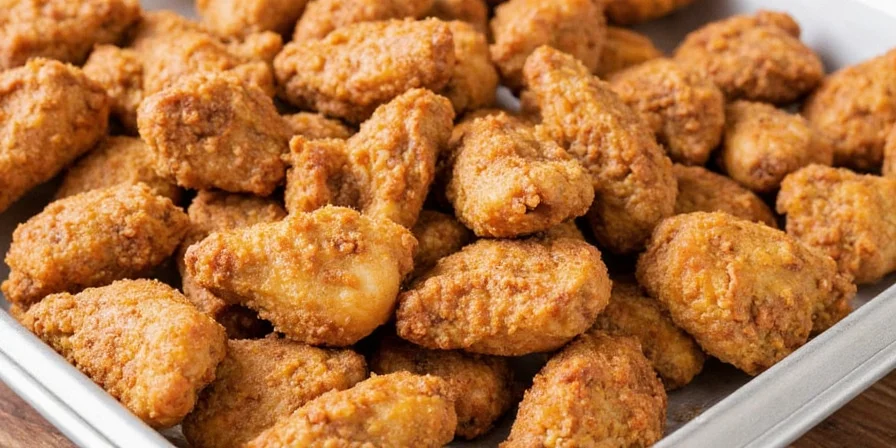
2. Ground Cumin + Crushed Coriander Seeds: Terpene Harmony
Cumin's earthy cuminaldehyde (boiling point 230°C) pairs with coriander's citrusy linalool (199°C) creating complementary volatility profiles. Toasting coriander seeds before grinding converts linalool glycosides to active aroma compounds.
- Key technique: Dry toast coriander at 150°C for 90 seconds
- Flavor enhancement: Add 0.5% ascorbic acid to prevent oxidation
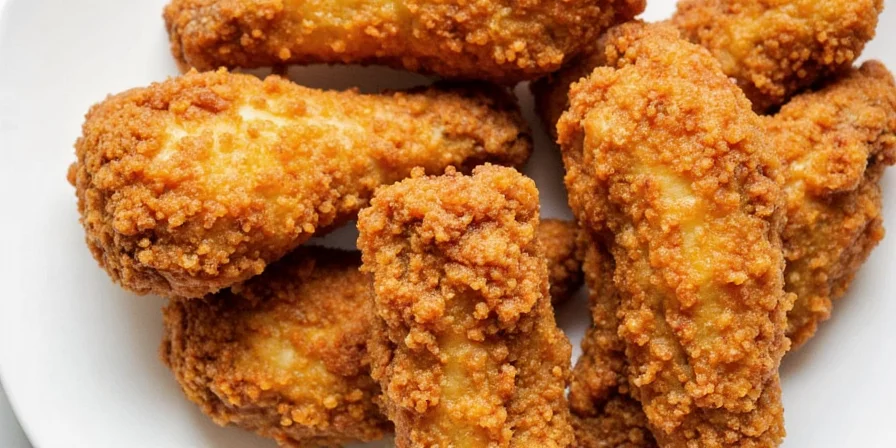
3. Thai Chili Powder + Fish Sauce Salt: Umami Amplification
Fish sauce's glutamic acid (5.7% concentration) bonds with chicken proteins during marination, creating receptor sites for capsaicin. This scientific approach delivers heat that builds gradually rather than overwhelming initially.
- Marination ratio: 1.5% fish sauce salt by chicken weight
- Critical step: Refrigerate marinated chicken 4+ hours for protein binding
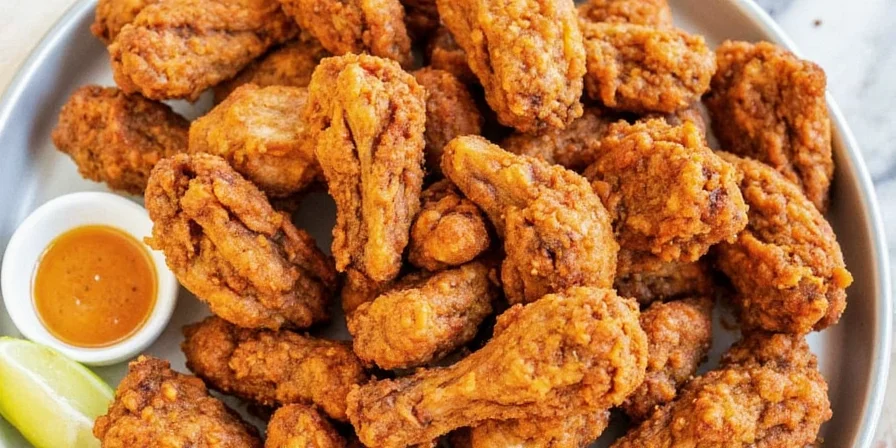
4. Za'atar + Sumac: pH-Driven Flavor Release
Za'atar's thymol activates at pH 4.2 while sumac's malic acid creates ideal conditions (pH 3.8-4.0) for simultaneous flavor release. This precise acidity balance prevents the bitter notes that occur when using either spice alone.
- Acidity control: Mix with buttermilk at 12-hour marination
- Texture secret: Add 2% sesame oil to coating mixture
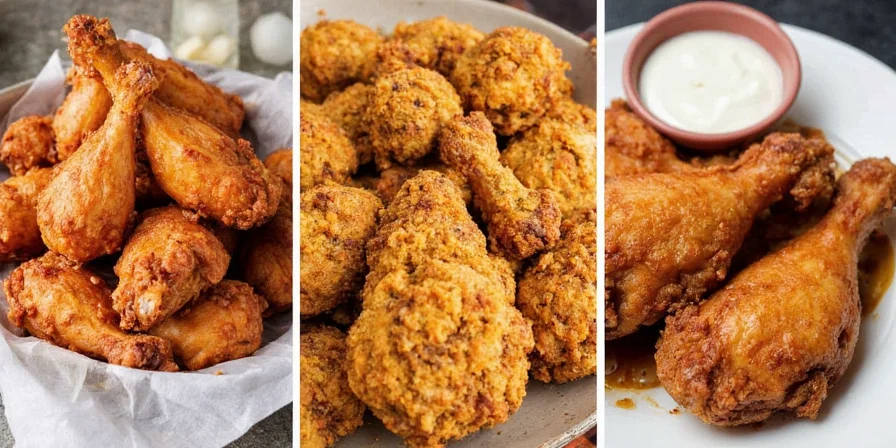
5. Korean Gochugaru + MSG + Sesame Oil Spray: Triple-Phase Flavor Delivery
Gochugaru's heat (2,000-8,000 SHU) activates during frying, MSG enhances savory notes during resting, and sesame oil's volatile compounds release at serving temperature. This creates sequential flavor perception rather than single-note heat.
- Coating ratio: 0.8% MSG by flour weight (optimal receptor saturation)
- Spray technique: 0.3mm nozzle for uniform oil distribution
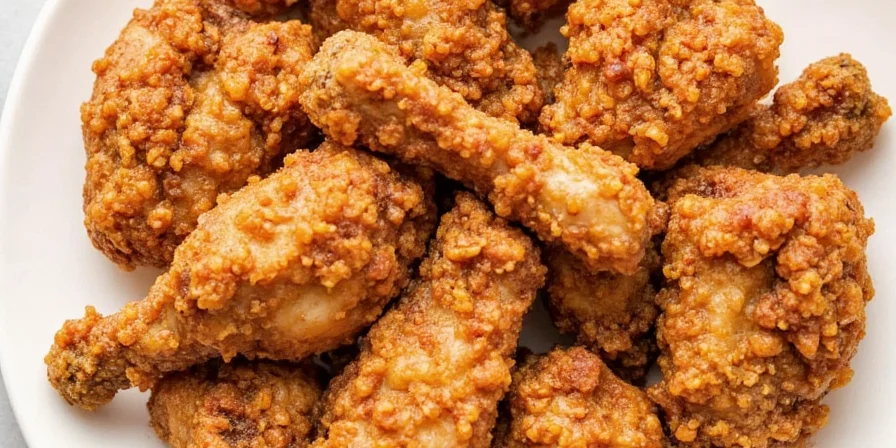
6. Chinese Five-Spice + Shichimi Togarashi: Thermal Cascade Pairing
Star anise's anethole (melts at 213°C) complements shichimi's sanshool (activates at 195°C), creating temperature-dependent flavor progression. The sequence starts with numbing sensation, transitions to warmth, then finishes with sweet notes.
- Critical temperature: Maintain oil at 345°F ±5° for optimal release
- Ratio precision: 60% five-spice to 40% shichimi by volume
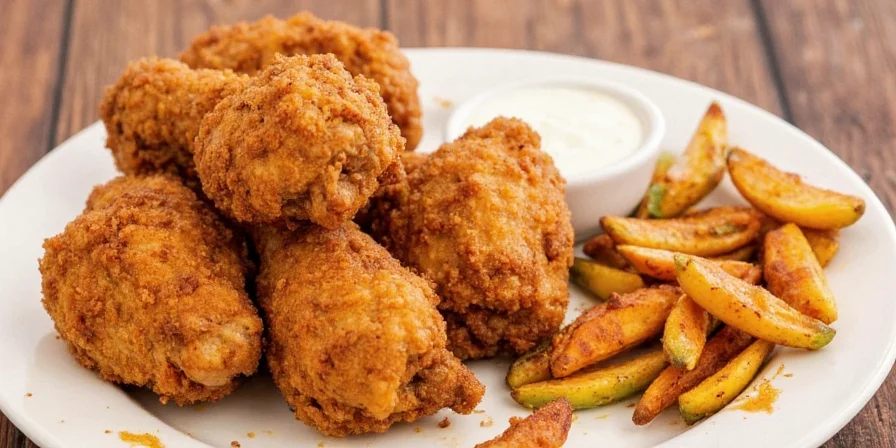
7. Turmeric + Black Pepper + Garlic Powder: Bioavailability Optimization
Piperine in black pepper increases curcumin absorption by 2,000%. When applied to fried chicken, this means turmeric's color and flavor compounds bind more effectively to the crust at molecular level.
- Optimal ratio: 15:1 turmeric to pepper by weight
- Timing: Add pepper to buttermilk marinade, turmeric to dry coating
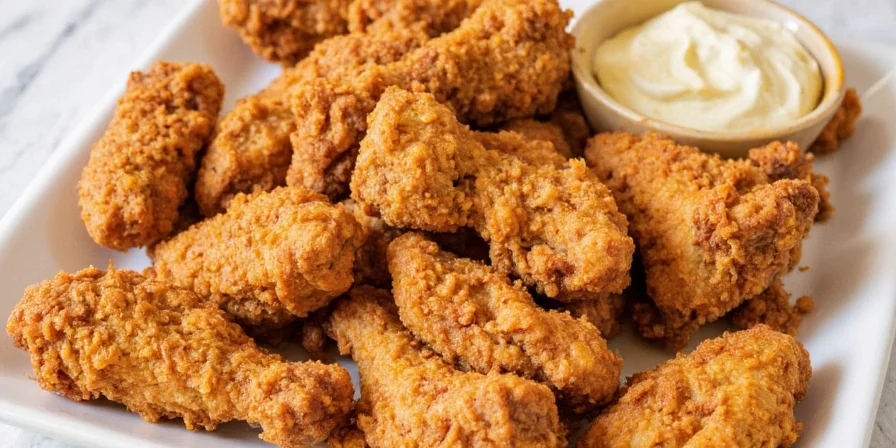
8. Harissa Powder + Caraway + Olive Oil Finish: Emulsion Science
Harissa's capsaicinoids require lipid binding for proper flavor release. Caraway's carvone (oil-soluble) creates stable emulsion with olive oil, preventing separation during frying and ensuring even heat distribution.
- Emulsion ratio: 3:1 oil to harissa powder
- Application method: Brush on pre-cooked chicken before final fry
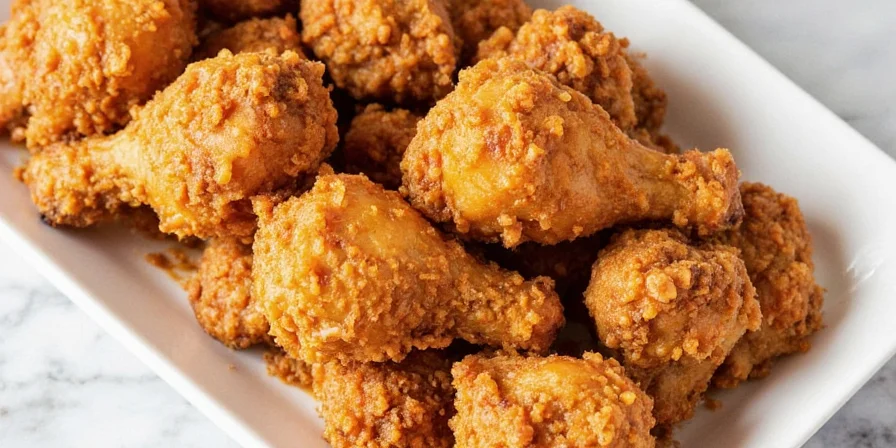
9. Mushroom Powder + Nutmeg + Kosher Salt: Maillard Reaction Enhancement
Mushroom powder's glutamates accelerate Maillard browning at lower temperatures (310°F vs standard 328°F). Nutmeg's myristicin compounds interact with these reactions to produce additional flavor molecules not present in standard frying.
- Concentration threshold: 1.2% mushroom powder by flour weight
- Temperature control: Reduce oil temp by 10°F for optimal effect
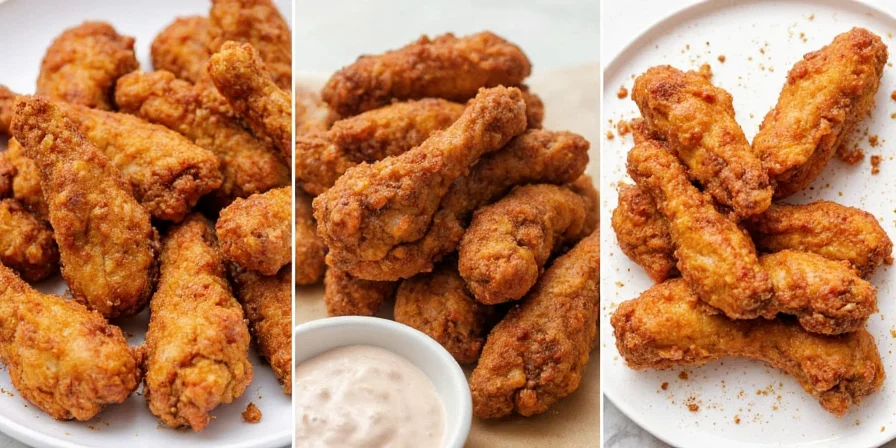
10. Szechuan Peppercorn + Brown Sugar + Cayenne: Tri-Modal Sensation Engineering
This combination creates sequential sensory experiences: hydroxy-alpha-sanshool (tingling), sucrose crystal dissolution (sweetness), then capsaicin burn. The precise particle size distribution (40-60 mesh) ensures simultaneous activation of different oral receptors.
- Grinding specification: 0.3mm particle size for uniform sensation
- Sugar integration: Dissolve in buttermilk before marination
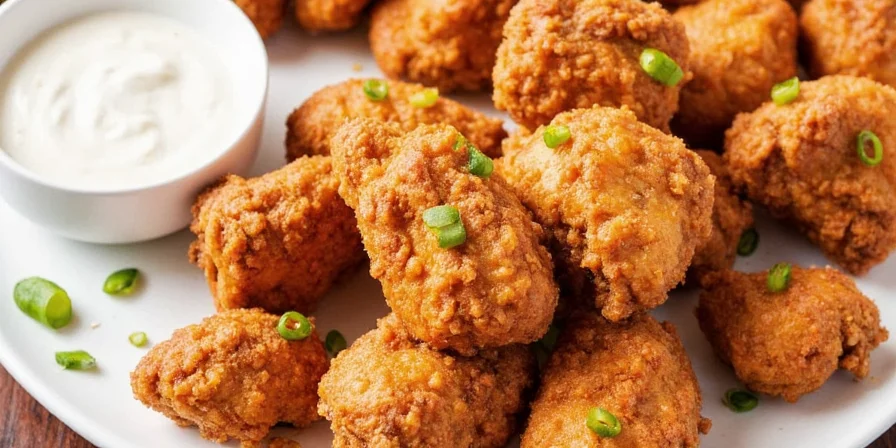
Advanced Technique: Flavor Layering Through Processing
Maximize spice effectiveness by matching preparation methods to compound properties:
- Hydrophobic compounds (paprika, cumin): Dry toast then blend with oil before mixing into flour
- Thermally unstable compounds (zest, fresh herbs): Create oil infusions for post-fry application
- Water-soluble compounds (salt, MSG): Incorporate into buttermilk marinade
- Volatile compounds (citrus oils): Add during final plating for maximum aroma impact
- Crystalline compounds (sugar, salt): Use specific granulation sizes for controlled release
| Common Mistake | Molecular Explanation | Scientific Fix |
|---|---|---|
| Spices burning | Exceeding compound decomposition temperatures | Match oil temp to lowest spice decomposition point |
| Uneven flavor | Inconsistent particle size distribution | Sift spices to 40-60 mesh standard |
| Muted aromatics | Volatiles evaporating during frying | Post-fry oil-based finishing sprays |
| Soggy crust | Hygroscopic compounds attracting moisture | Control humectant content below 3% |
FAQ: Scientific Spice Pairing for Fried Chicken
Implementing Precision Spice Pairing
Transform your fried chicken by applying these scientific principles:
- Measure by weight - Volume measurements create inconsistent ratios (1 cup paprika = 90g, 1 cup cumin = 110g)
- Control particle size - Use 40-60 mesh sieves for uniform coating adhesion
- Sequence application - Layer water-soluble compounds in marinade, oil-solubles in coating
- Monitor oil chemistry - Change oil after 3 uses to prevent flavor cross-contamination
These methods move beyond traditional 'pinch of this, dash of that' approaches to deliver consistent, restaurant-quality results every time. The precision of scientific pairing ensures your spices work with the cooking process rather than against it.
By understanding the molecular interactions behind each pairing, you gain control over flavor development rather than leaving it to chance. This knowledge transforms you from a recipe follower into a flavor engineer - capable of creating your own innovative combinations based on predictable chemical principles.
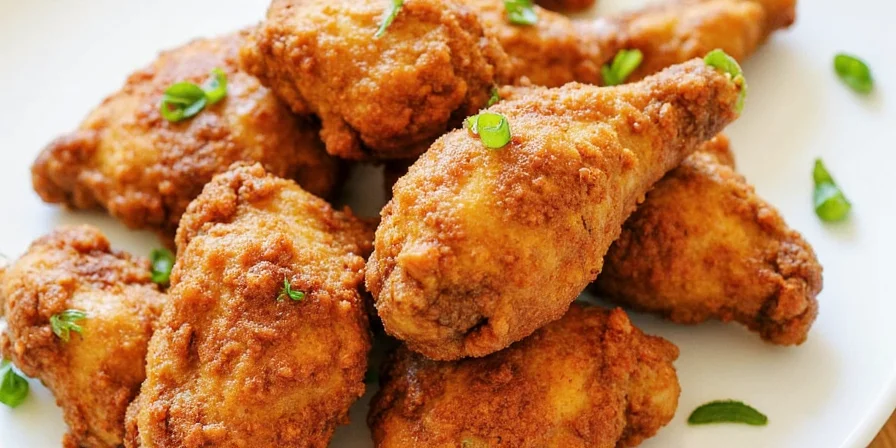

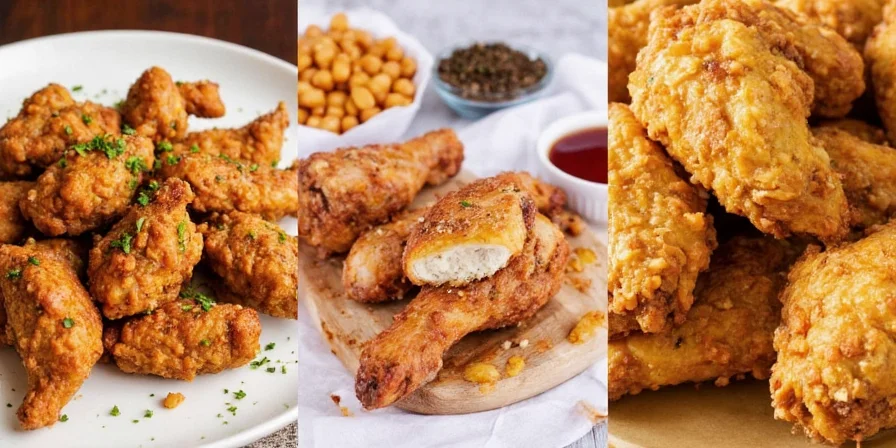









 浙公网安备
33010002000092号
浙公网安备
33010002000092号 浙B2-20120091-4
浙B2-20120091-4